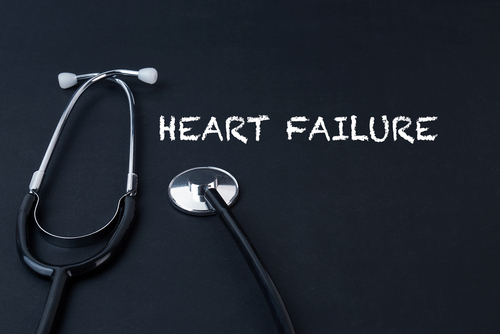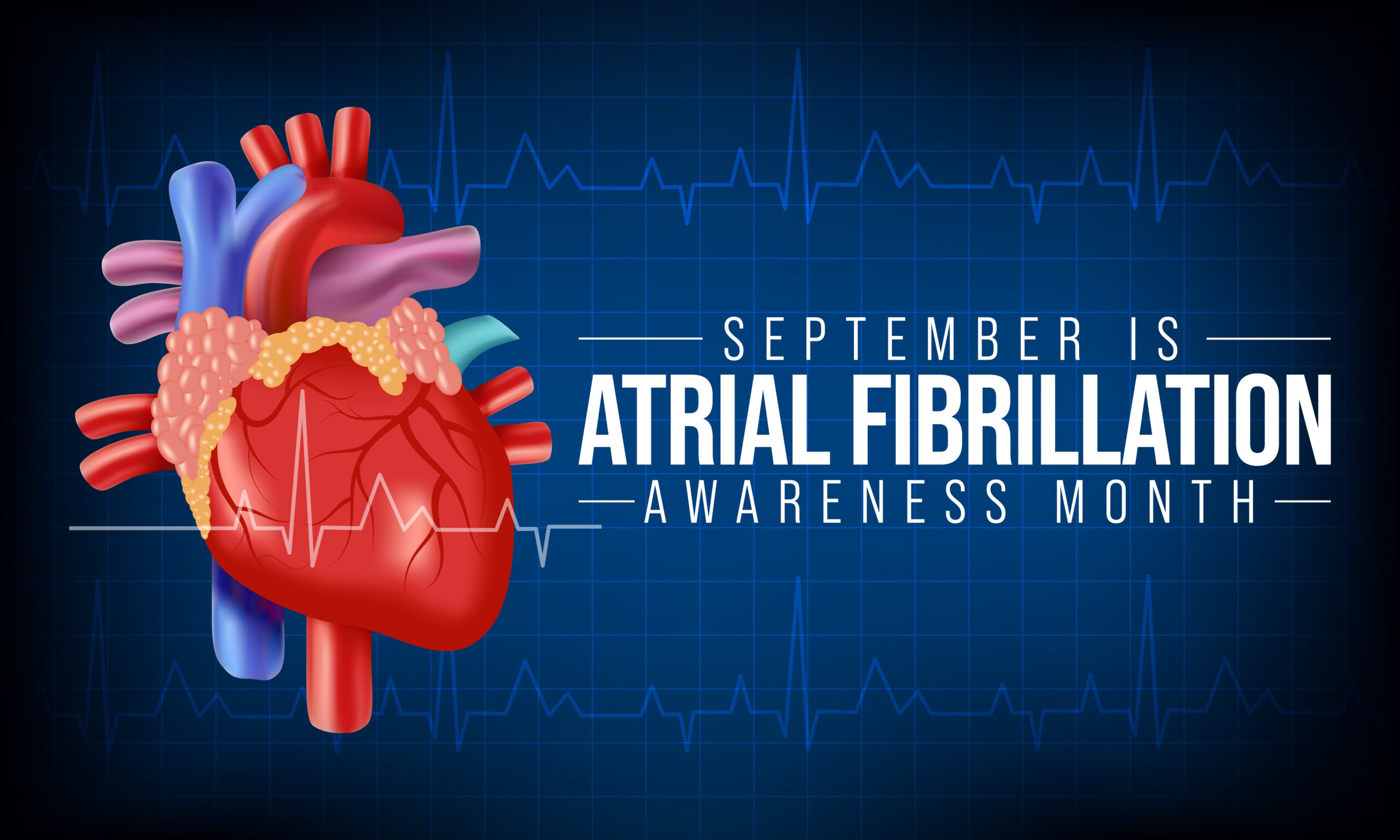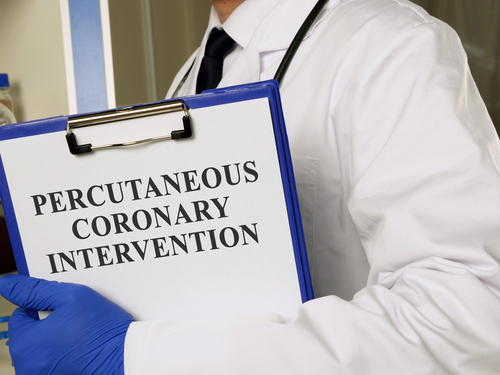
A single-pill combination of four blood pressure (BP)-lowering medications was significantly more effective than a combination of three therapies, according to research presented at ESC Congress 2024.
New strategies are needed for the treatment of hypertension, according to Principal Investigator, Professor Stefano Taddei from the University of Pisa, Italy, said: “Patients with resistant hypertension on three BP medications, namely a diuretic, a renin-angiotensin system inhibitor and a calcium channel blocker, require the addition of a fourth medication. However, adherence decreases with the number of pills prescribed.2 In the QUADRO trial, we investigated adding bisoprolol, as part of a single-pill combination of four different BP-lowering medications, and found this was more effective than receiving three BP-lowering medications.”
In the double-blind randomized controlled trial, researchers analyzed 183 randomized patients from 49 centers in 13 countries. Patients with resistant hypertension underwent an 8-week run-in period where they received the triple combination of perindopril, indapamide and amlodipine at optimal doses (either 10/2.5/5 mg or 10/2.5/10 mg daily, if tolerated). Patients who continued to have uncontrolled BP after 8 weeks (office systolic BP ≥140 mmHg and 24-hour ambulatory systolic BP ≥130 mmHg), while being adherent to the therapy, were then randomized 1:1 to either continue the same triple therapy or to receive a single-pill combination containing perindopril, indapamide, amlodipine and bisoprolol (at either 10/2.5/5/5 mg or 10/2.5/10/5 mg daily) for 8 weeks.
The primary end point of interest was defined as the change in office systolic BP. Secondary end points included 24-hour ambulatory BP monitoring, office diastolic BP, home BP and BP control.
Following 8 weeks, the results showed that the mean office sitting systolic BP had reduced by 20.67 mmHg in the quadruple single-pill group and reduced by 11.32 mmHg in the triple group. The adjusted difference between the groups was significant in favor of the quadruple single pill, the researchers noted. Moreover, the investigators observed a significant difference for the main secondary end point of mean 24-hour ambulatory systolic BP in the quadruple single-pill group vs. the triple group. Overall, the findings showed that BP control was achieved by 66.3% of patients on the quadruple single pill vs. 42.7% on triple therapy (p=0.001).
“We were able to demonstrate the superiority of the quadruple single-pill combination, whichever BP measurement method was used,” said Professor Taddei. “The availability of a quadruple single-pill combination that includes bisoprolol could help with non-adherence and provide much-needed effective BP control in patients with resistant or difficult-to-treat hypertension.”







 © 2025 Mashup Media, LLC, a Formedics Property. All Rights Reserved.
© 2025 Mashup Media, LLC, a Formedics Property. All Rights Reserved.